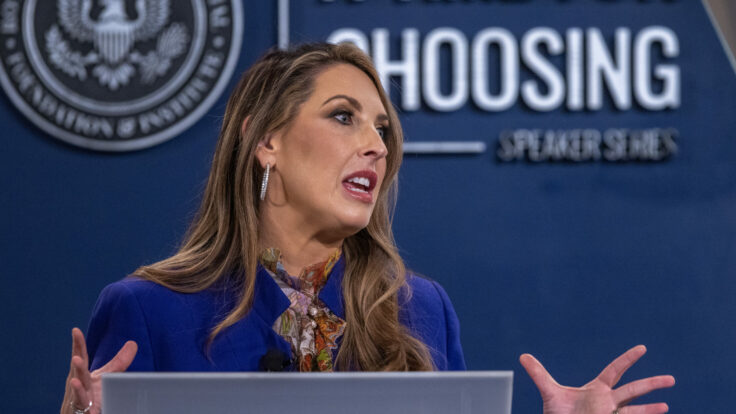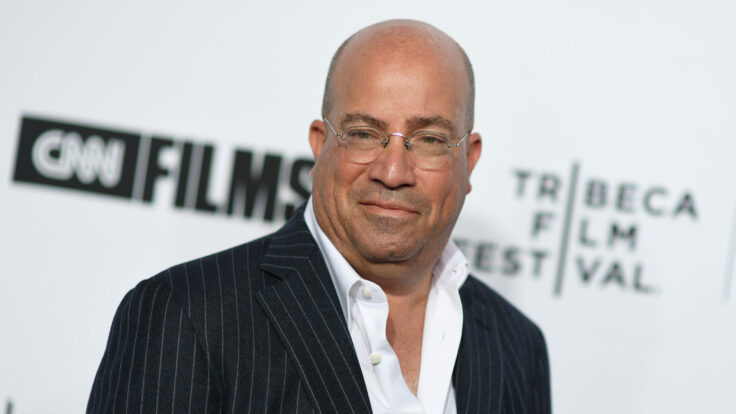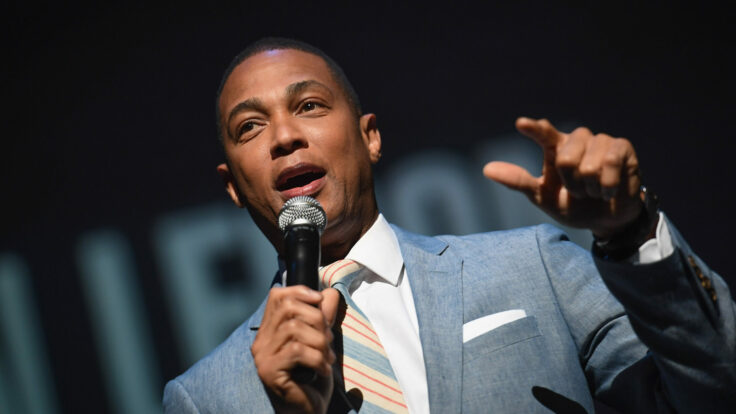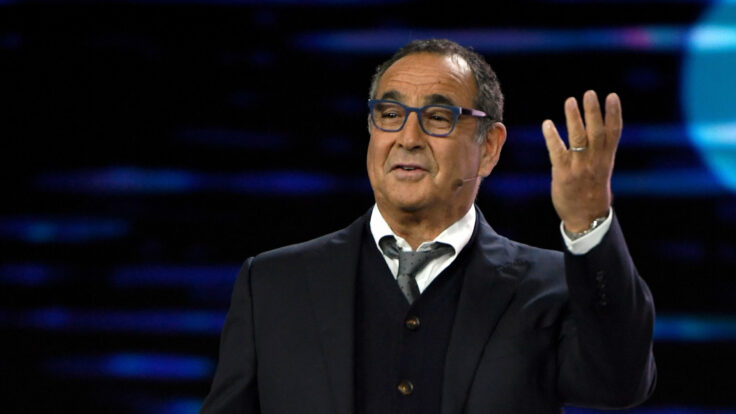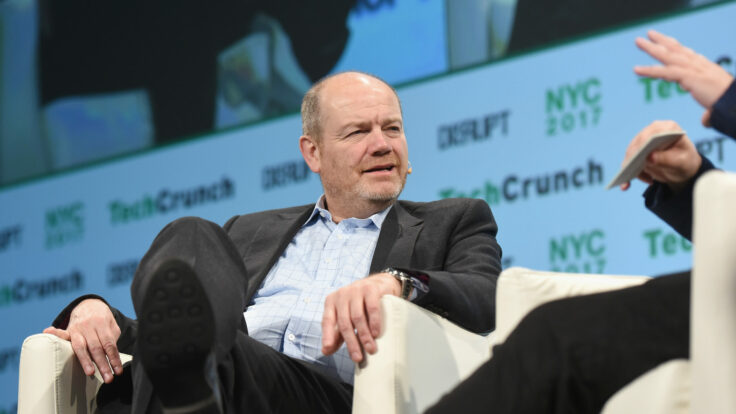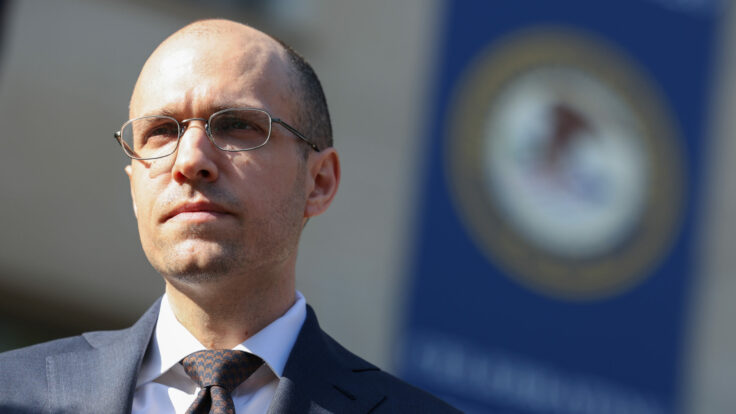Back in 2014, while Hollywood executives were still reckoning with the second- and third-order effects of the Great Netflix Disruption—and bracing themselves for the long, inexorable decline of their cable and network television businesses—Disney’s chief business strategist Kevin Mayer asked John Skipper, then the head of ESPN, to start testing pricing models for a hypothetical streaming service that would deliver the premiere sports channel directly to consumers. Even then, four years before the eventual launch of ESPN+—a relatively cautious, toe-in-the-water streaming effort carrying second-tier games—Mayer and his inimitable boss, Bob Iger, appeared to see the writing on the wall: live sports would eventually, inevitably go D.T.C. Fans would pay for what they wanted to watch, and a new generation wouldn’t put up with the inefficiencies and leaked value of the cable bundle.
No one in Burbank or Bristol expected the findings to be pretty. ESPN was then in 100 million homes and netting about $4 billion in EBITDA thanks in large part to the bundle model that gave Disney the highest cut of every cable subscriber’s monthly payment, whether they watched sports or not. At the time, ESPN was raking in $5 to $6 dollars per subscriber—in effect, a monumental private tax on virtually every American household. An all-in D.T.C. offering would fundamentally reorient the economics, limiting ESPN’s audience to the viewers who were actually willing to pay for it and thus force ESPN to charge them a lot more to break even, more still to grow, and more still to keep pace with the ever-skyrocketing cost of live sports rights. (No wonder the industry tried to keep cable on life support for as long as possible.)
Skipper started by doing some back-of-the-napkin math, drawing up an X-Y scatter chart, veteran Disney executives who were present during that time told me. On the X axis he put hypothetical monthly subscription prices; on the Y axis he put hypothetical numbers of total subscribers. The goal was to identify an overall revenue projection for streaming that would match what ESPN derived from its existing linear business. Skipper tested how many subscribers ESPN would need at various prices—$3.99 a month? $5.99 a month?—all the way up to $19.99 a month, an unpalatably high threshold that Disney feared would chill consumers. “It was bleak,” one former Disney executive told me.
Disney executives kept revisiting the models, and in December of 2017, Skipper and Mayer made a formal presentation of their findings to the company’s board of directors. The data made ESPN’s existential dilemma clear: If the company maintained its flagship channels on linear, the audience would continue to decline, driving down the available revenue to pay for sports rights, which in turn were being driven ever-higher by sustained demand and deep-pocketed competitors in Hollywood and Silicon Valley. But the alternative was similarly discouraging: If ESPN moved its flagship channels to streaming, it would cannibalize the still-profitable linear business and likely draw less revenue from a smaller pool of subscribers, placing it in the same vicious cycle: less money, less live sports, less viewers, and so on, spiraling ever-downward.
As one former Disney executive put it, ESPN had run into “the age-old dilemma of the burning platform: certain death if you don’t jump, probable death if you do.” The question then became: when and how to jump? The company focused on locating an opportune moment to minimize the damage to its linear business, and determining a price point that would generate the highest operating income—a fuzzy, ambiguous calculation that relied on a lot of assumptions about consumer behavior in uncertain economic times.
Disney proceeded cautiously. The next year, after Mayer was promoted to head of Disney’s streaming business and Skipper had passed the reins to Jimmy Pitaro, the company launched ESPN+, an ancillary offering for all the lesser-coveted baseball games, soccer matches, mid-major college sports, cricket, etcetera, that didn’t merit a place on the linear broadcast. Of course, the real raison d’etre of ESPN+ was that it created the streaming infrastructure that would eventually house ESPN’s flagship channel when Disney finally decided that it was ready to make the jump. It was, in essence, the speedboat on which ESPN hoped to escape when the linear cruise ship finally sank.
Ever since ESPN+’s launch, in 2018, Iger and Pitaro have spoken about that transition as an inevitable certainty—not a matter of if, but when. There is no specific timeline for the move, but high-level Disney sources have told me that it will happen within the next few years, five at the latest. As the Wall Street Journal reported this week, Disney created an internal code name for the project—“Flagship”—and has been securing flexibility in its deals with cable providers to make way for the move. The Disney sources I spoke with suggested that “Flagship” is not an internal code name so much as shorthand for the discussion that Iger, Pitaro, and other executives have been having for years about moving the flagship channels. In any event, the Journal story may formalize it for them.
Still, nearly a decade after Skipper drew his first scatter chart, and five years since the launch of ESPN+, Disney has yet to solve the fundamental existential problem. ESPN currently draws $9.42 a month in affiliate fees from each subscriber, of which there are said to be 74 million, though Disney sources concede it’s actually less. The back of the napkin math suggests that, if you charge $30 a month—almost certainly the low-end of ESPN’s various price models—you’d need almost 25 million subscribers. But that assumes these viewers would pay year round; more likely, many would pay for a month or a few months—an autumn’s worth of Monday Night Football, or the college football playoffs—and then cancel. (Churn, of course, is the true bane of every streaming executive’s existence.)
In order to make up for lost revenue, Disney will almost certainly pursue a brand-licensing deal with a sportsbook, lending its imprimatur and massive marketing machine to a gambling site in exchange for some meaningful additional revenue. Of course, Disney has long signaled that it will never go so far as to run its own sportsbook, a truly lucrative move that might tarnish the family brand, invite greater regulatory scrutiny and force financial disclosures no Disney executive wants to make. At the same time, Disney executives harbor some hope that Flagship could draw an additional audience of “never-corders,” who never had a cable subscription to begin with, and that this would help make up for the revenue gap. But how much additional revenue this will create, and whether it will close the gap, is an intuitive bet based more on hope than hard data.
In the worst case scenario, ESPN will find itself increasingly hard-pressed to keep pace with the skyrocketing cost of live sports rights, which are far and away its primary ratings driver. In order to maintain a claim on the major sports leagues—NFL, NBA, and so forth—it will be forced to cut staff, perhaps even some of its more notable hosts. Earlier this week, ESPN announced it was hiring Pat McAfee from FanDuel in a multi-year, multi-million dollar deal. That may make sense now, but it may not make sense in a near-term future when ESPN is losing its best sports rights to higher bidders because it can’t compete on price. “The truth is, nothing makes a difference that isn’t a live game,” one Disney veteran said of ESPN’s ratings calculations. “Pundits, commentators—they’re all vulnerable.”
Of course, the most seismic aftershock of ESPN’s inevitable direct-to-consumer move is what it will ordain for the television industry more broadly. With ESPN’s traditional audience cannibalized by D.T.C., the already rapid decline of the linear business will accelerate. Live sports, after all, is one of the few remaining features keeping would-be cord-cutters tethered to cable. Once there is an adequate facsimile available over-the-top as a streaming app, it’s hard to imagine what will prevent another mass exodus of Pay TV subscribers. The total addressable market could be driven down to as low as 40 or 50 million households, at which point every linear network will be forced to downsize significantly, managing their way to irrelevance.
For decades, the dirty secret of linear television was that the most popular 10 percent of channels—CBS, NBC, CNN, Fox, ESPN, etcetera—effectively subsidized the other 90 percent. Most cable subscriptions were both overpriced and overstuffed with content that most customers would never choose to pay for individually, if given the opportunity. Sure, the streaming giants are now rediscovering the logic of re-bundling, with the mash-up of HBO Max and Discovery+, say, or the looming combination of Hulu into Disney. But the central paradox of the streaming era remains: Channels like ESPN were essential to the value proposition of cable, but they may not be valuable enough, individually, for customers to support their true, unsubsidized cost.
Indeed, the future of live sports on streaming may look more like the streaming ecosystem, itself, with games and leagues divvied up across platforms and price tiers, with super fans paying more and casual viewers seeing less. Perhaps Iger’s Flagship can serve as a central portal, or landing page, for a wider universe of add-ons and upsells that value each fandom differently. But one thing is for certain: The D.T.C. ESPN will be very different from the ESPN you grew up on, and likely a lot smaller.






